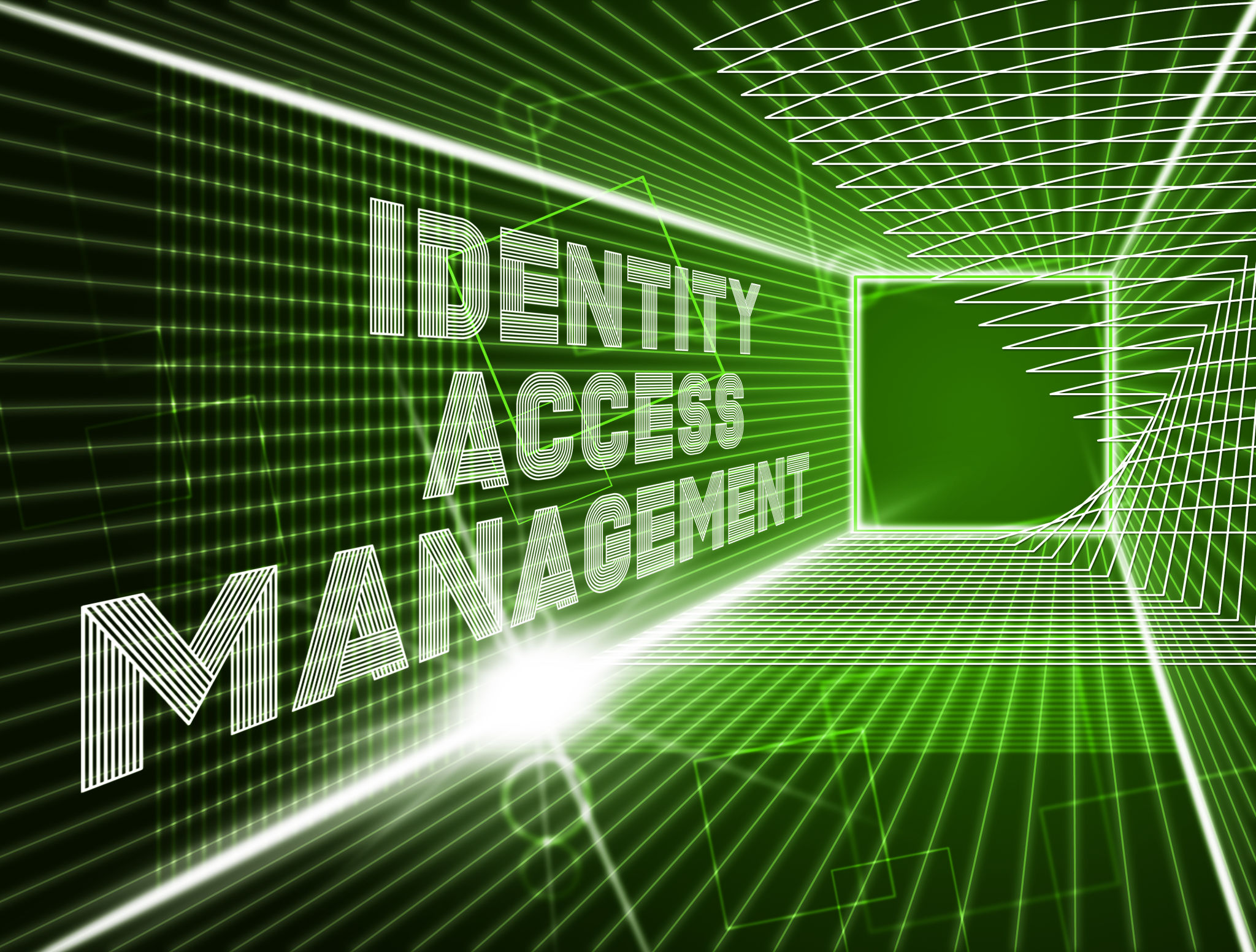The Role of Identity Access Management in Cloud Security: Best Practices
Understanding Identity Access Management (IAM)
In the modern digital landscape, businesses are increasingly relying on cloud solutions to store and manage their data. As companies transition to the cloud, protecting sensitive information becomes paramount. One crucial aspect of cloud security is Identity Access Management (IAM), which involves managing user identities and controlling their access to resources. IAM plays a vital role in ensuring that only authorized users can access specific data and applications.
IAM systems provide a framework for defining and enforcing security policies that govern the access rights of users. By implementing IAM, organizations can effectively manage user privileges, reduce the risk of unauthorized access, and safeguard their cloud environments from potential threats. This blog post explores the best practices for leveraging IAM in cloud security.

Key Components of IAM
Effective IAM strategies encompass several key components that work together to secure cloud environments. These components include:
- User Authentication: Verifying user identities using methods such as passwords, multi-factor authentication (MFA), and biometric verification.
- Access Controls: Defining who can access what resources and under what conditions.
- User Provisioning: Managing the lifecycle of user accounts, including creation, modification, and deletion.
- Monitoring and Auditing: Tracking user activities to detect suspicious behavior and ensure compliance with security policies.
By integrating these components, organizations can establish a robust IAM infrastructure that supports their cloud security efforts.
Best Practices for Implementing IAM
To maximize the effectiveness of IAM in cloud security, businesses should adhere to several best practices:
- Adopt a Principle of Least Privilege: Grant users the minimum level of access necessary to perform their job functions. This reduces the risk of unauthorized access to sensitive data.
- Use Multi-Factor Authentication (MFA): Implementing MFA adds an extra layer of security by requiring users to provide additional verification factors beyond passwords.
- Regularly Review Access Rights: Conduct periodic reviews of user access rights to ensure that privileges align with current roles and responsibilities.
- Automate User Provisioning: Streamline the process of adding or removing user accounts by automating provisioning tasks. This helps prevent human errors and ensures timely updates.

The Role of Continuous Monitoring
Continuous monitoring is an essential aspect of IAM that helps organizations stay vigilant against potential security breaches. By employing advanced monitoring tools, businesses can detect anomalies in user behavior and respond promptly to suspicious activities. This proactive approach allows for quick identification and mitigation of threats before they can cause significant damage.
Continuous monitoring also aids in maintaining compliance with industry regulations and standards. By keeping detailed logs of user activities, organizations can demonstrate adherence to security protocols during audits and assessments.
Challenges in IAM Implementation
Despite its importance, implementing IAM effectively comes with its own set of challenges. Organizations often face difficulties in balancing security with user convenience. Strict access controls may hinder productivity if not managed properly. Additionally, integrating IAM systems with existing infrastructure can be complex, requiring careful planning and execution.
To overcome these challenges, businesses should focus on deploying user-friendly IAM solutions that offer seamless integration with other systems. Engaging stakeholders across departments can also help in designing policies that align with organizational goals while ensuring robust security measures.

The Future of IAM in Cloud Security
As cloud technology continues to evolve, so does the landscape of IAM. Emerging trends such as identity analytics and artificial intelligence are set to revolutionize how organizations manage identities and control access. These technologies offer more sophisticated means of detecting threats and enhancing security measures.
Organizations must stay abreast of these developments to ensure their IAM strategies remain effective in safeguarding their cloud environments. By embracing innovation and adapting to changing circumstances, businesses can maintain a strong security posture and protect their data from evolving cyber threats.
